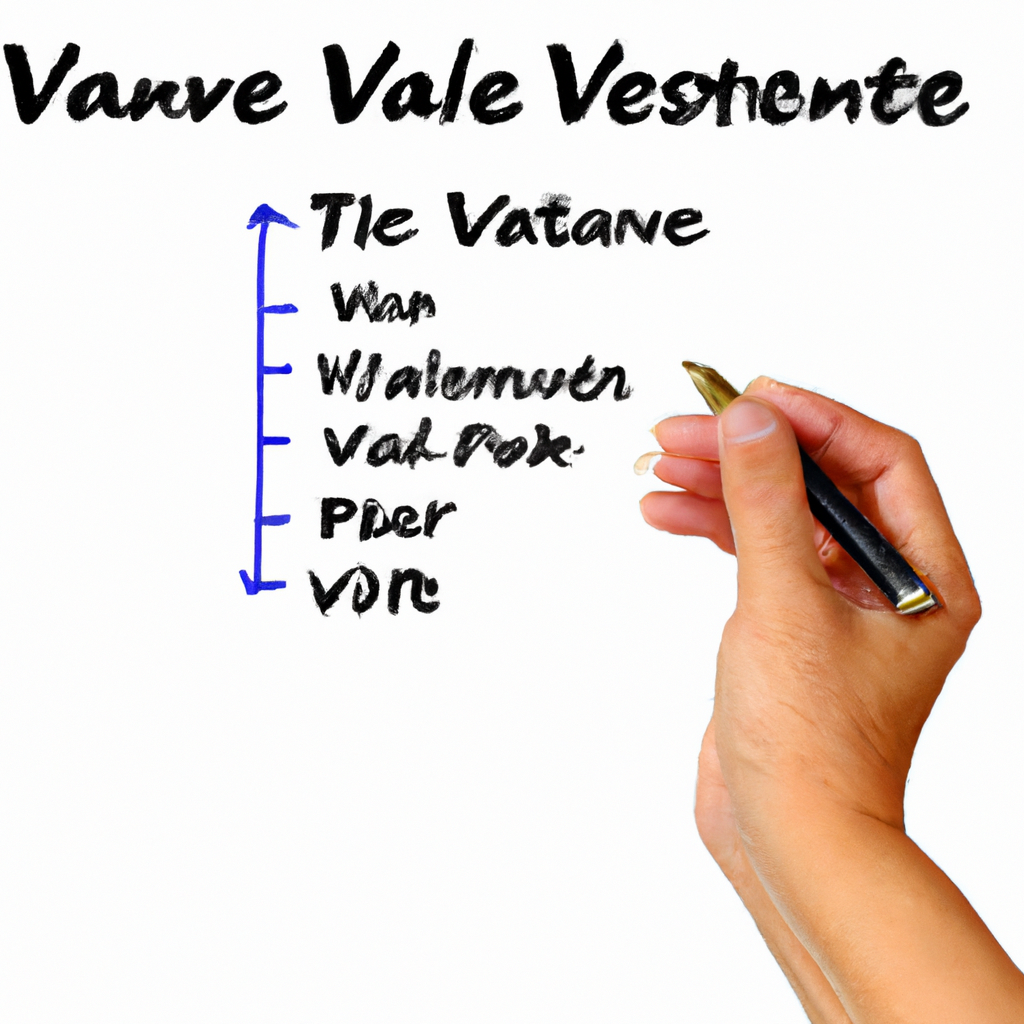Tips for Building a Diversified Investment Portfolio
Diversification is a strategy used by investors to reduce risk and maximize returns by allocating investments among various financial instruments, industries, and other categories. The idea is that a diverse portfolio will, on average, yield higher long-term returns and pose a lower risk than any individual investment found within the portfolio. Below are essential tips for building a diversified investment portfolio.
Understand Your Risk Tolerance
Before diversifying your portfolio, it’s crucial to understand your risk tolerance. Risk tolerance is the degree of variability in investment returns that an investor is willing to withstand. This varies greatly among individuals and affects how you should diversify your portfolio. Younger investors may opt for more aggressive portfolios with higher risks and the potential for higher returns, while older investors may prefer conservative portfolios with lower risk and steady, albeit smaller, returns.
Start with a Broad Asset Allocation
Asset allocation involves dividing your investment portfolio among different asset categories, such as stocks, bonds, and cash. The process by which you decide on the proportion of each depends on your investment goals, risk tolerance, and investment horizon. A good diversified portfolio should include a mix of these assets to protect against the underperformance of any single asset category.
Equities
Including stocks or equity funds can offer the growth potential. Stocks are generally divided across various sectors (technology, health care, industrials, etc.) and market capitalizations (large-cap, mid-cap, small-cap).
Bonds
Bonds or fixed-income securities can provide a steady income stream and are generally less volatile than stocks. They can be categorized by issuer (government, corporate, or municipal) and credit quality.
Cash or Cash Equivalents
Having some portion of your portfolio in cash or equivalent provides liquidity and safety. Options include money market funds and treasury bills.
Consider Geographic Diversification
Investing in international markets can offer growth opportunities and further diversification beyond domestic investments. Different markets can react differently to the same economic event, so spreading investments across geographic locations can reduce risk.
Include Alternative Investments
Alternative investments, such as real estate, commodities, and private equity, can offer added diversification benefits to a traditional portfolio of stocks and bonds. They often have low correlation with traditional financial markets, which can reduce risk and improve returns.
Rebalance Your Portfolio Regularly
Over time, the initial weightings of your portfolio will drift as some investments perform better than others. Regularly rebalancing your portfolio back to your targeted asset allocation ensures that it remains well-diversified and aligned with your risk tolerance. This often means selling high and buying low, which can be a prudent investment practice.
Monitor and Adjust
A diversified portfolio is not a set-it-and-forget-it strategy. Economic conditions, market trends, and personal circumstances change. Regularly reviewing your portfolio and making adjustments as needed can help manage risk and take advantage of new opportunities.
Building a diversified investment portfolio is a dynamic and personalized process. What works for one investor might not work for another. By understanding your risk tolerance, spreading investments among different asset classes, considering geographic diversity, including alternative investments, and regularly monitoring and rebalancing your portfolio, you can build a diversified investment strategy that aligns with your financial goals and risk tolerance.



